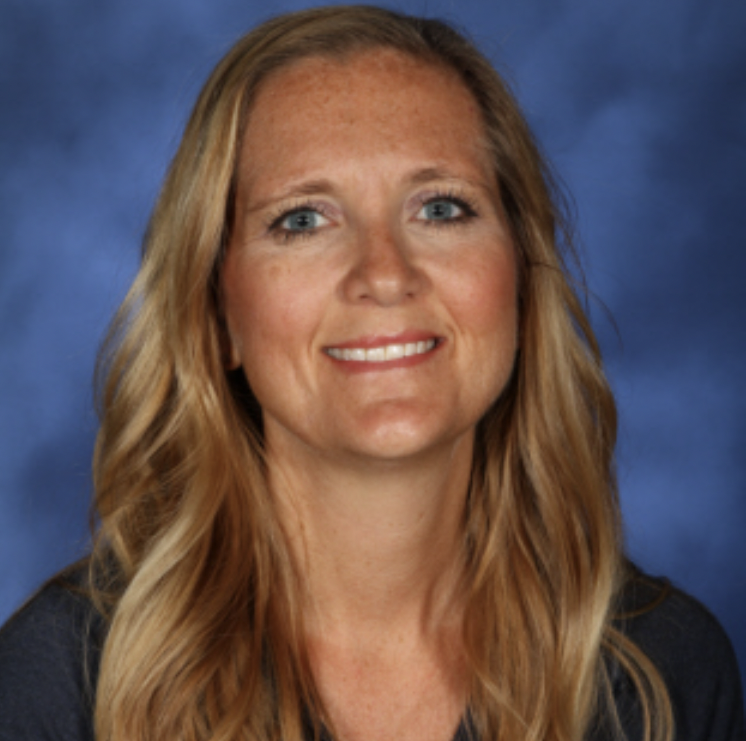What makes a question truly essential? Let’s take that a step back and ask, “What is essential?” For me personally, every morning an immediate cup of coffee, my Bible, my Abide app, and my journal are essential to having a great morning. Being a former Dave Ramsey Financial Peace teacher, I used to teach my students the “Four Walls” essential in order to live: food, clothing, housing and transportation. Even within those four walls, the type of food, clothing, housing, and transportation could be pared down to the basic meaning of essential. Yes, going out to eat is food but it is not essential. What is essential is basic food and that could mean a peanut butter sandwich. What is essential to me might not be essential to you. What is essential to the student who chooses to sit in the front row and who is internally motivated to learn is likely not essential to the student who chooses to sit in the back row with their hood up and earbuds in.
Let’s begin with what essential questions are NOT. Essential questions are not able to be answered with a simple, one-word response. They do not have a correct answer. They do not have a final answer. They do not have a single answer.
Essential questions ARE centered on more major issues or problems or concerns. They are open-ended and require thought. Oftentimes they raise more questions, which is evidence of higher-order thinking. Essential questions do not ever have a right answer but require an element of justification.
How do you create engaging essential questions? After thoroughly diving into the content to be taught, think about the summary. What do you want your students to get out of it? How would you like them to apply it to their everyday lives? In my Financial Peace course, the very first unit was titled Introduction to Personal Finance. What did I want my students to think about and be able to do? I desired for them to answer this question (among others), “Why are Americans, specifically, carrying so much debt?” Of course, there is not one right answer, but many ways to answer this question, often depending on the previous knowledge and experience of the student answering. Another question might be, “What can you do if you don’t have enough money to cover your expenses?” I bet all of the students in the class have, at one time or another, experienced this situation. Students can relate to it, and therefore they automatically become engaged and interested in what comes next.
Whether we are a young or an experienced teacher, we need to put ourselves back in the shoes of our students and try to remember what it’s like. This may feel large and quite impossible right now, because we have not lived through a pandemic while going to school and having to shift back and forth between in-person and remote learning. However, as educators it is our job to be thinking like our students in order to relate to them as much as we are able to. For our students in their world today, what is essential for them to learn in your class in order to help them be successful in the working world? The past few years have forced teachers to sift through their curriculum and truly analyze what is important for the student to learn. It has put a different perspective on what we teach and why we teach it.
Begin every lesson or unit or day with an essential question posted on the whiteboard or on your projector or as a bellwork question. Get your students thinking about their learning before they even learn it. Bring purpose to their thinking so they can have the “why” behind the lesson.
*Here is a resource that contains a list of really good essential questions.
Photo by Olya Kobruseva from Pexels




